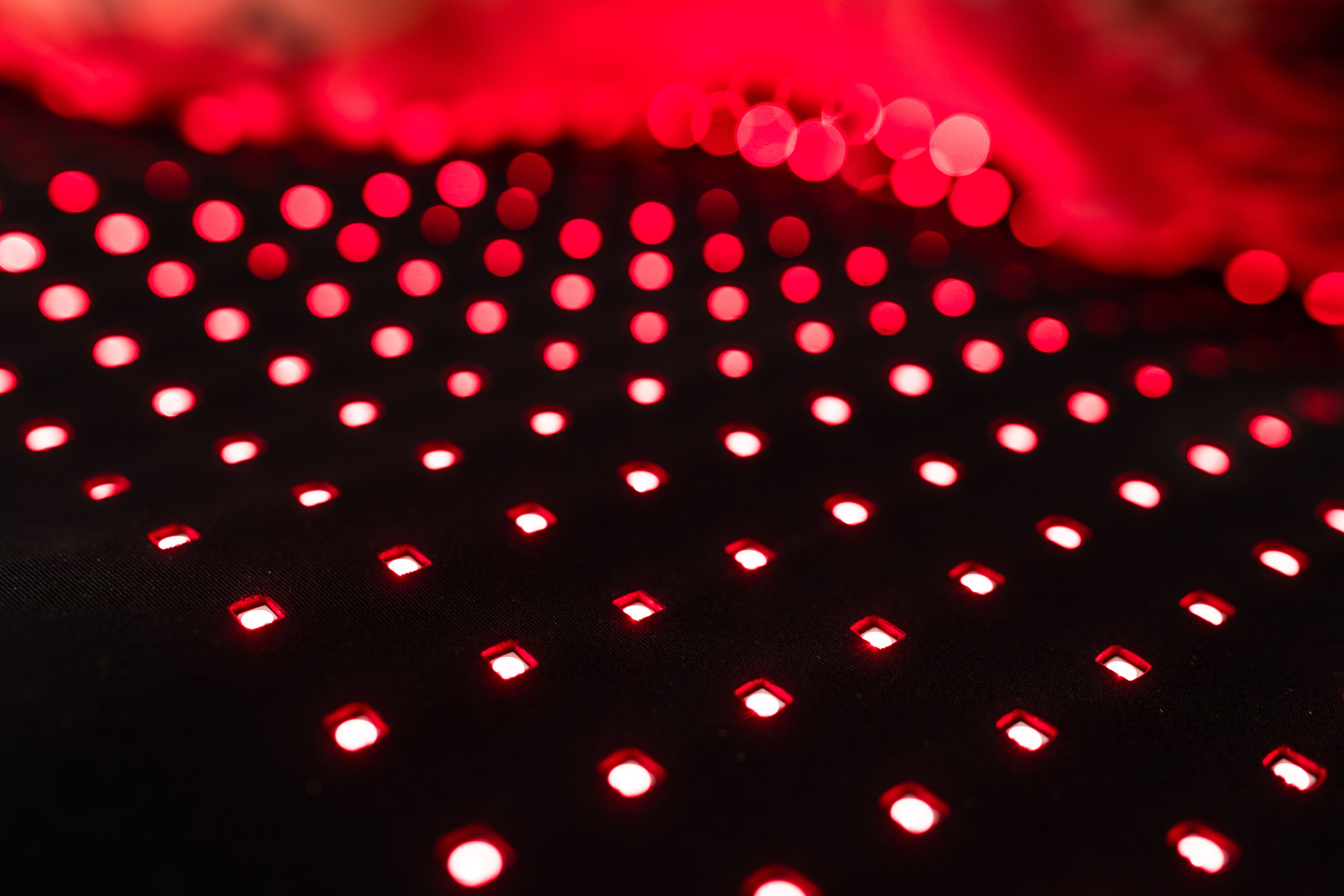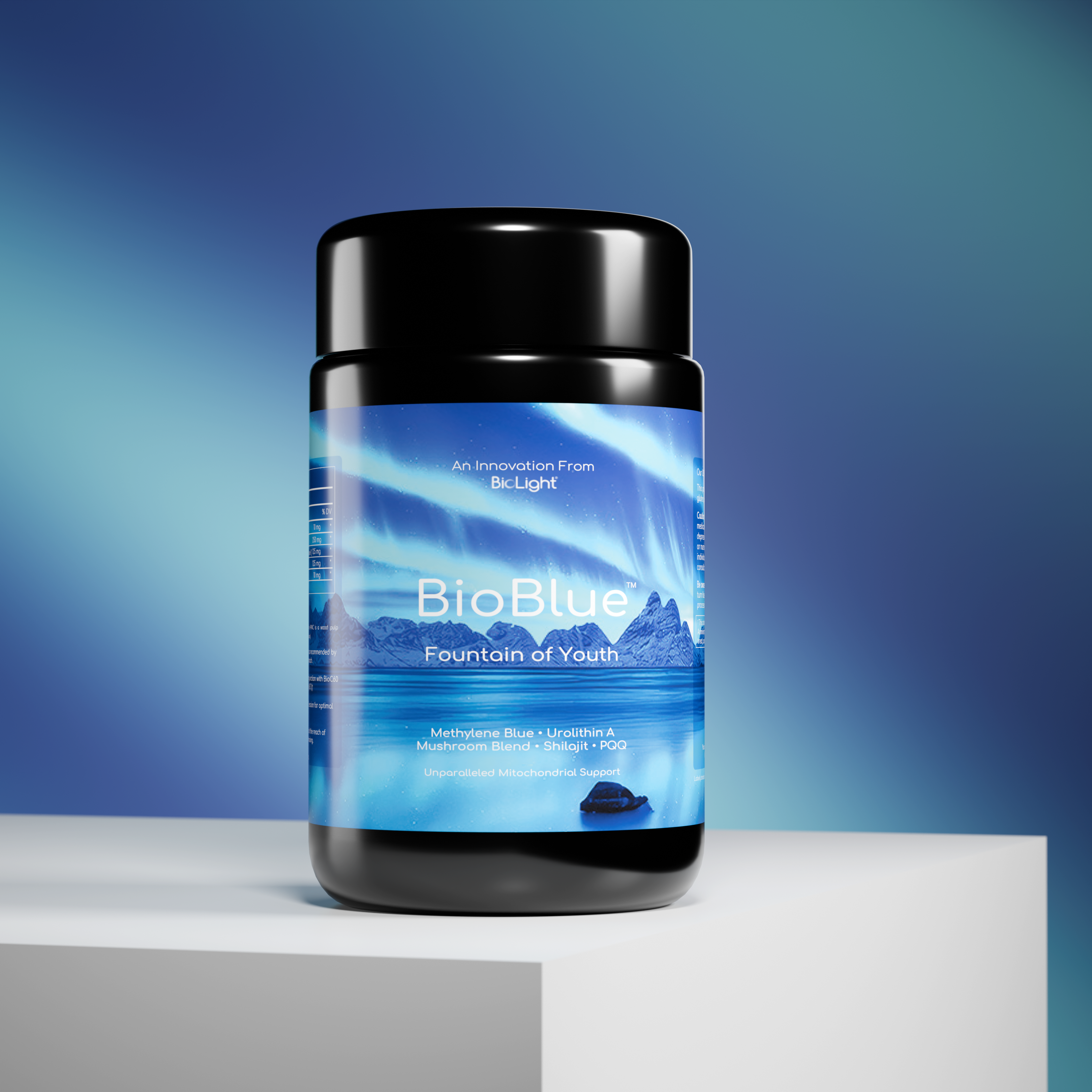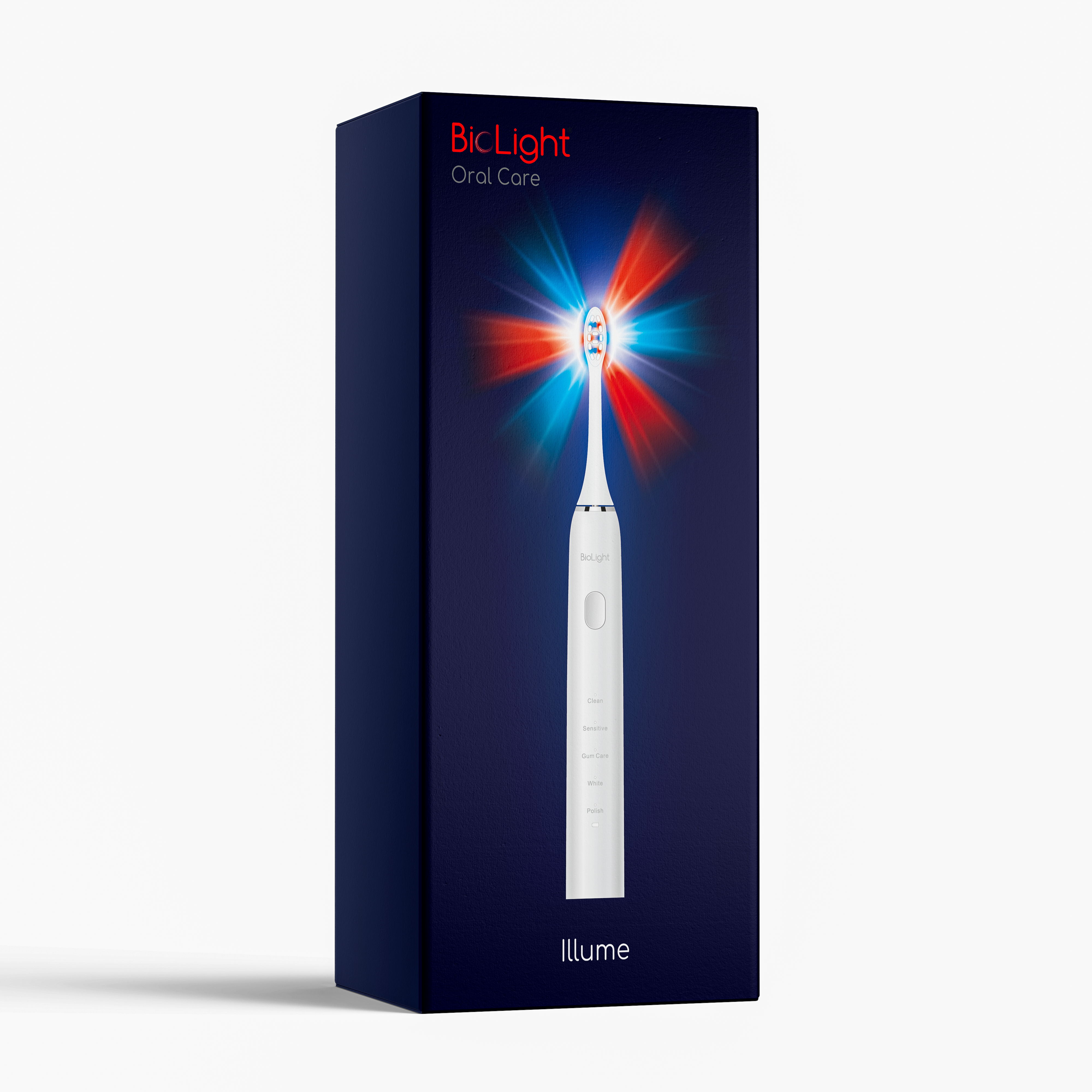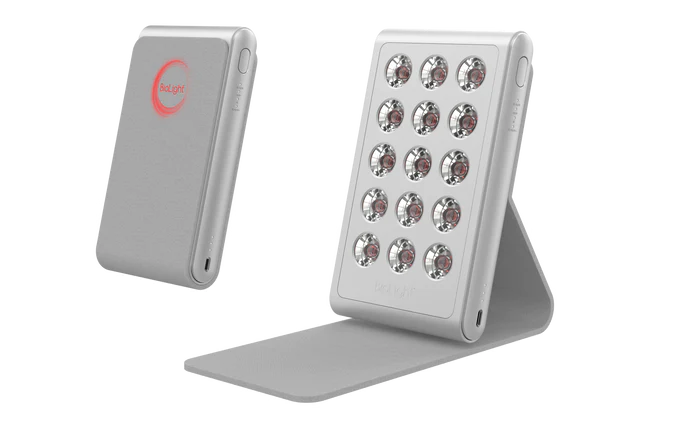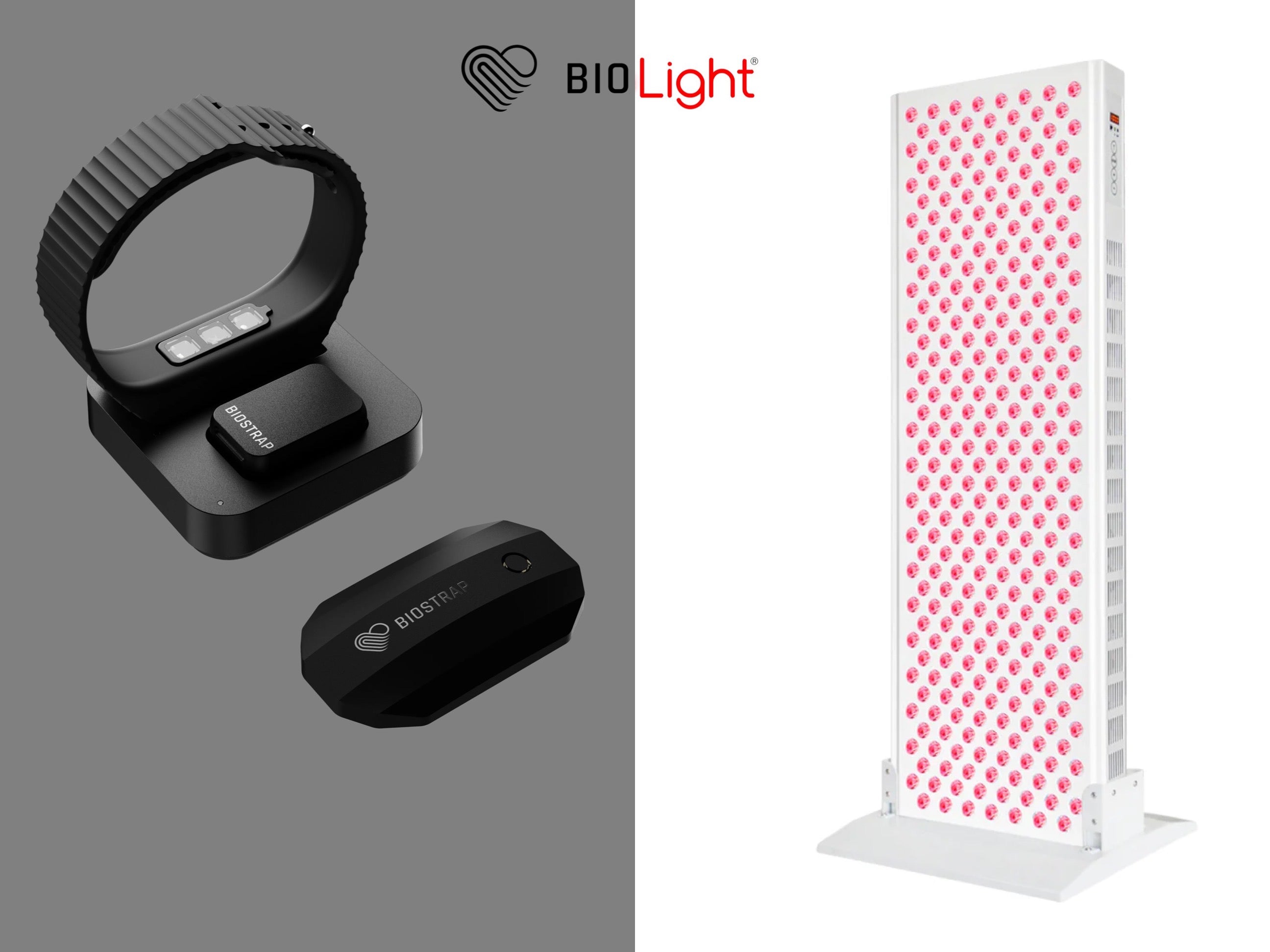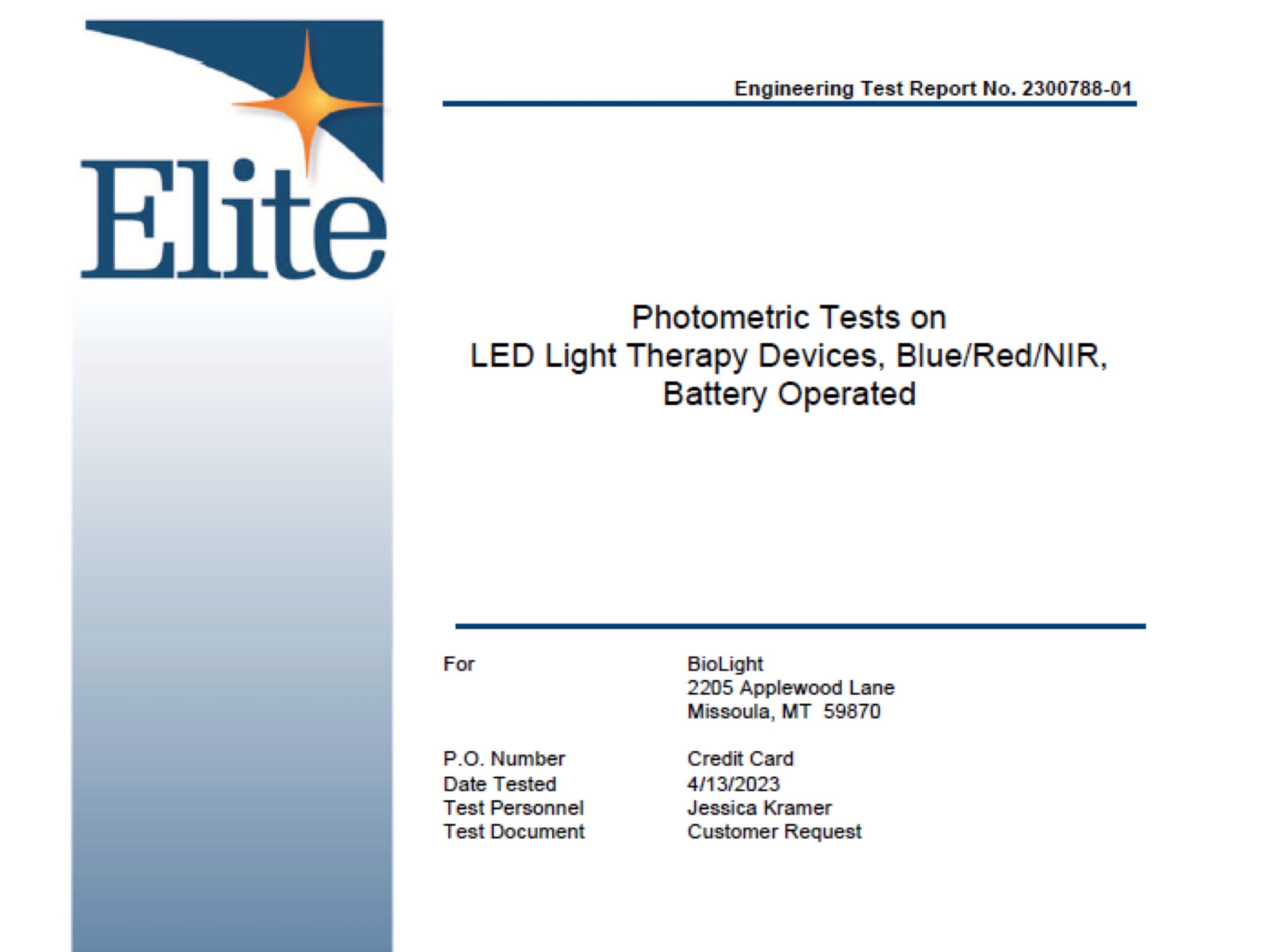Cancer treatment is an ever-evolving field, with innovative therapies continually emerging. Photodynamic therapy (PDT) is one such promising approach, utilizing light-sensitive compounds to target and destroy cancer cells. Methylene blue, a versatile compound, plays a significant role in PDT. This blog will explore how methylene blue is used in photodynamic therapy for cancer treatment.
Understanding Photodynamic Therapy and Methylene Blue
Photodynamic therapy involves three key components: a photosensitizer, light, and oxygen. When exposed to a specific wavelength of light, the photosensitizer produces reactive oxygen species that kill cancer cells. Methylene blue serves as an effective photosensitizer in this process.
Mechanism of Action
Methylene blue accumulates preferentially in cancer cells. Upon exposure to light, it generates reactive oxygen species that induce cell death. This targeted approach minimizes damage to surrounding healthy tissue. According to a study in Photodiagnosis and Photodynamic Therapy, methylene blue's efficacy as a photosensitizer has been demonstrated in various cancer models.
Advantages of Using Methylene Blue in PDT
Methylene blue offers several advantages in PDT, including its ability to penetrate deep tissues and its low toxicity. Additionally, its effectiveness across different cancer types makes it a versatile option for photodynamic therapy.
Practical Applications and Treatment Protocols
To effectively use methylene blue in PDT, specific protocols and guidelines must be followed.
Preparation and Administration
Patients receive an injection of methylene blue, which is then allowed to accumulate in the tumor cells. After an appropriate time, the tumor area is exposed to light, activating the methylene blue and initiating the therapeutic process.
Monitoring and Follow-Up
Post-treatment monitoring is crucial to assess the effectiveness of PDT and manage any potential side effects. Regular follow-ups help ensure that the cancer cells have been effectively targeted and destroyed.
Revolutionizing Cancer Treatment with PDT
Photodynamic therapy using methylene blue offers a targeted, minimally invasive approach to cancer treatment. By leveraging the unique properties of methylene blue, PDT can effectively destroy cancer cells while preserving healthy tissue. As research advances, methylene blue-based PDT may become a cornerstone in the fight against cancer.
